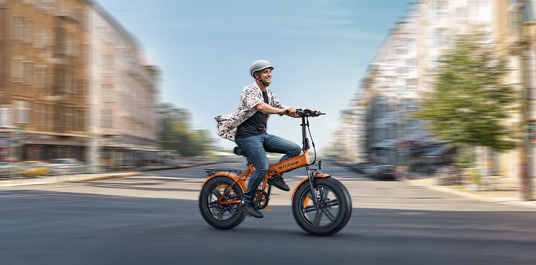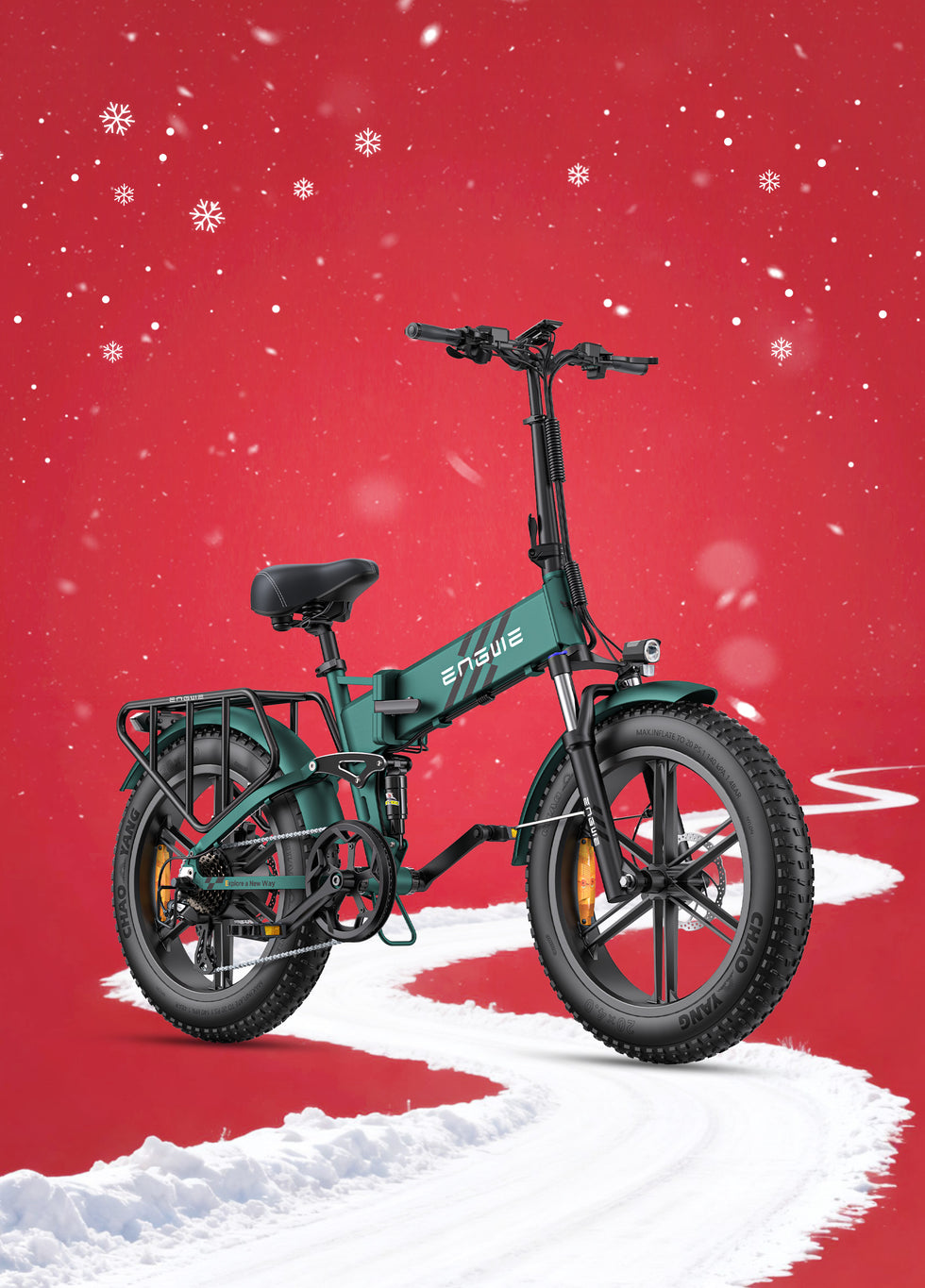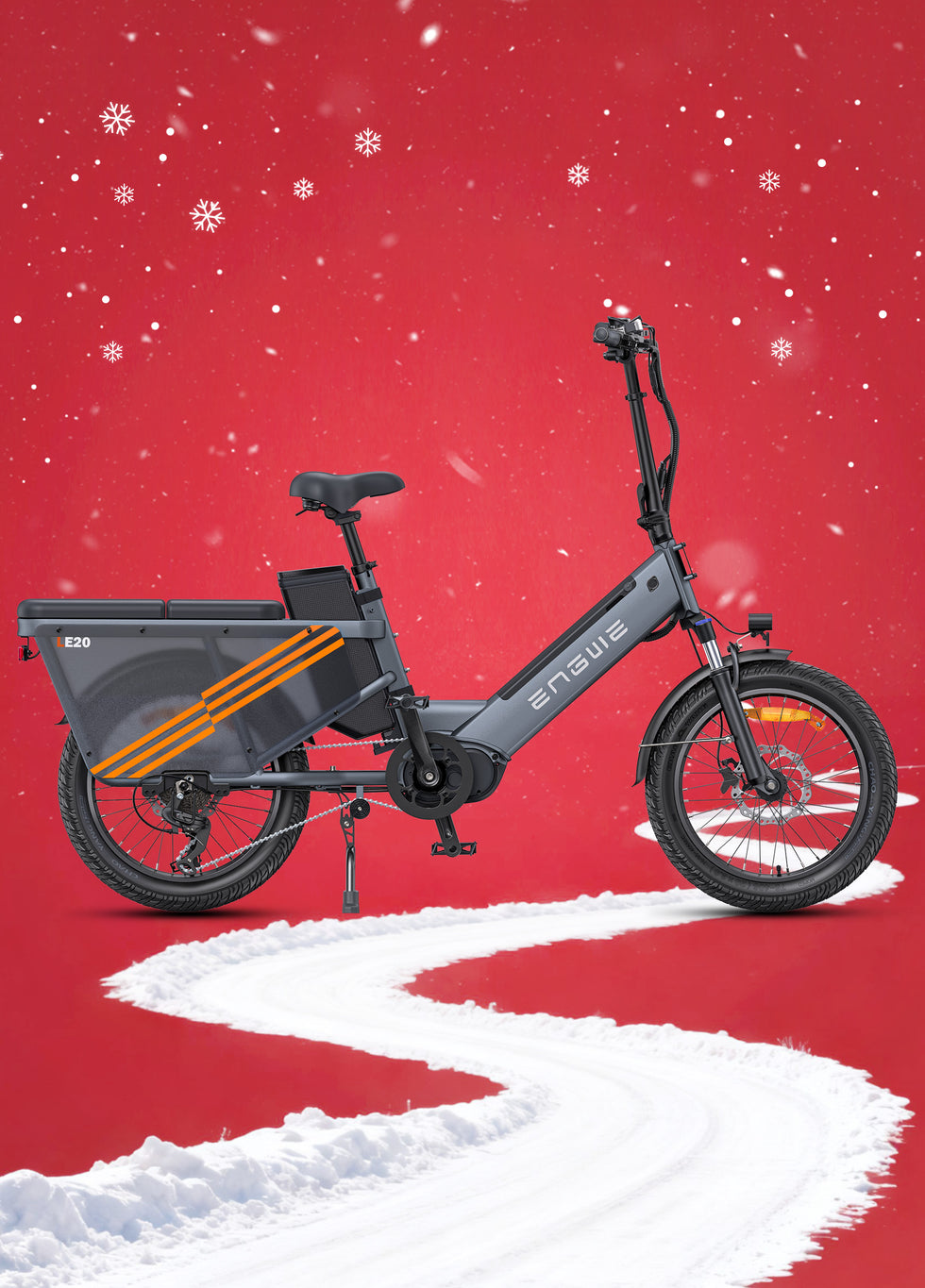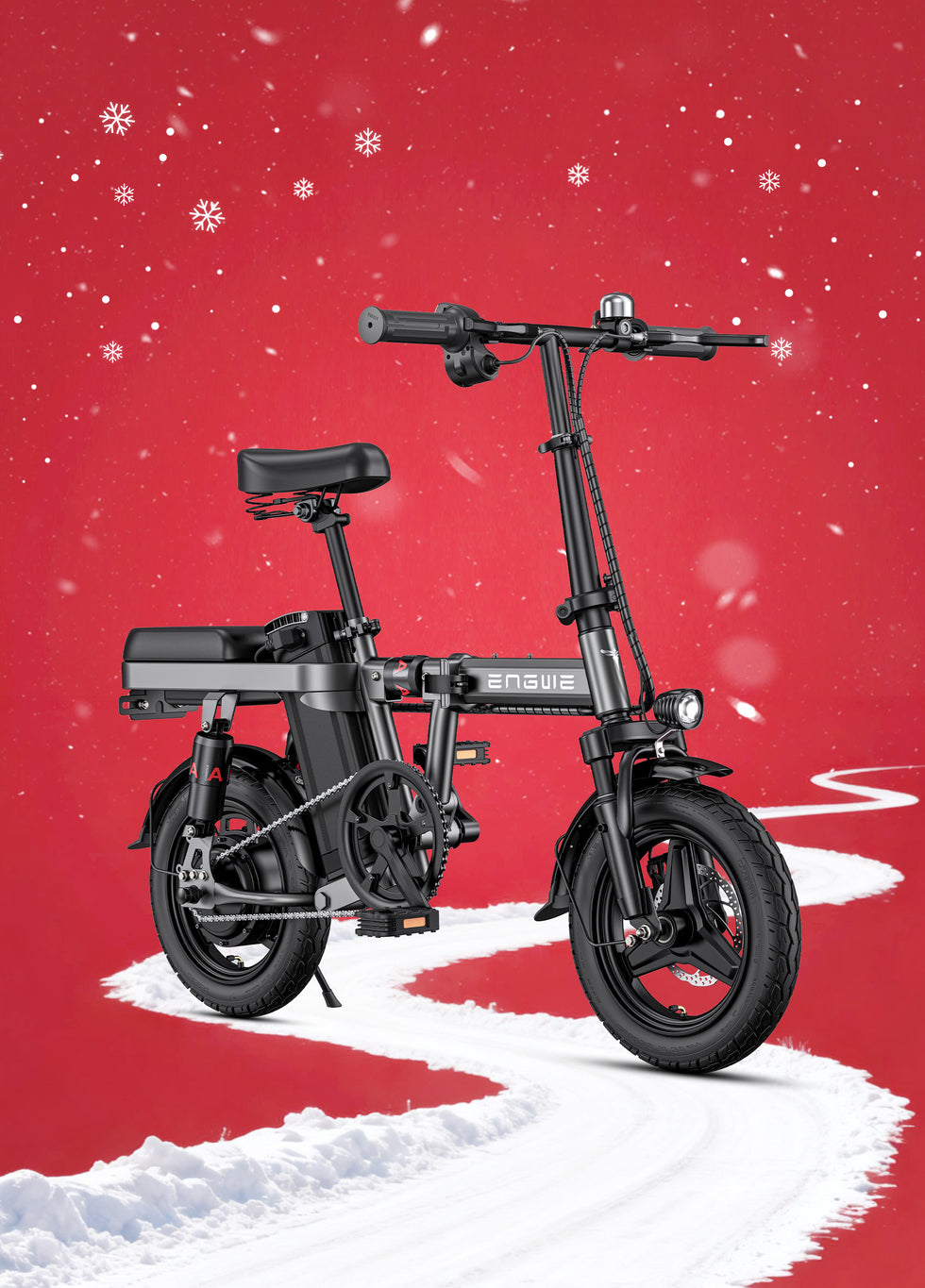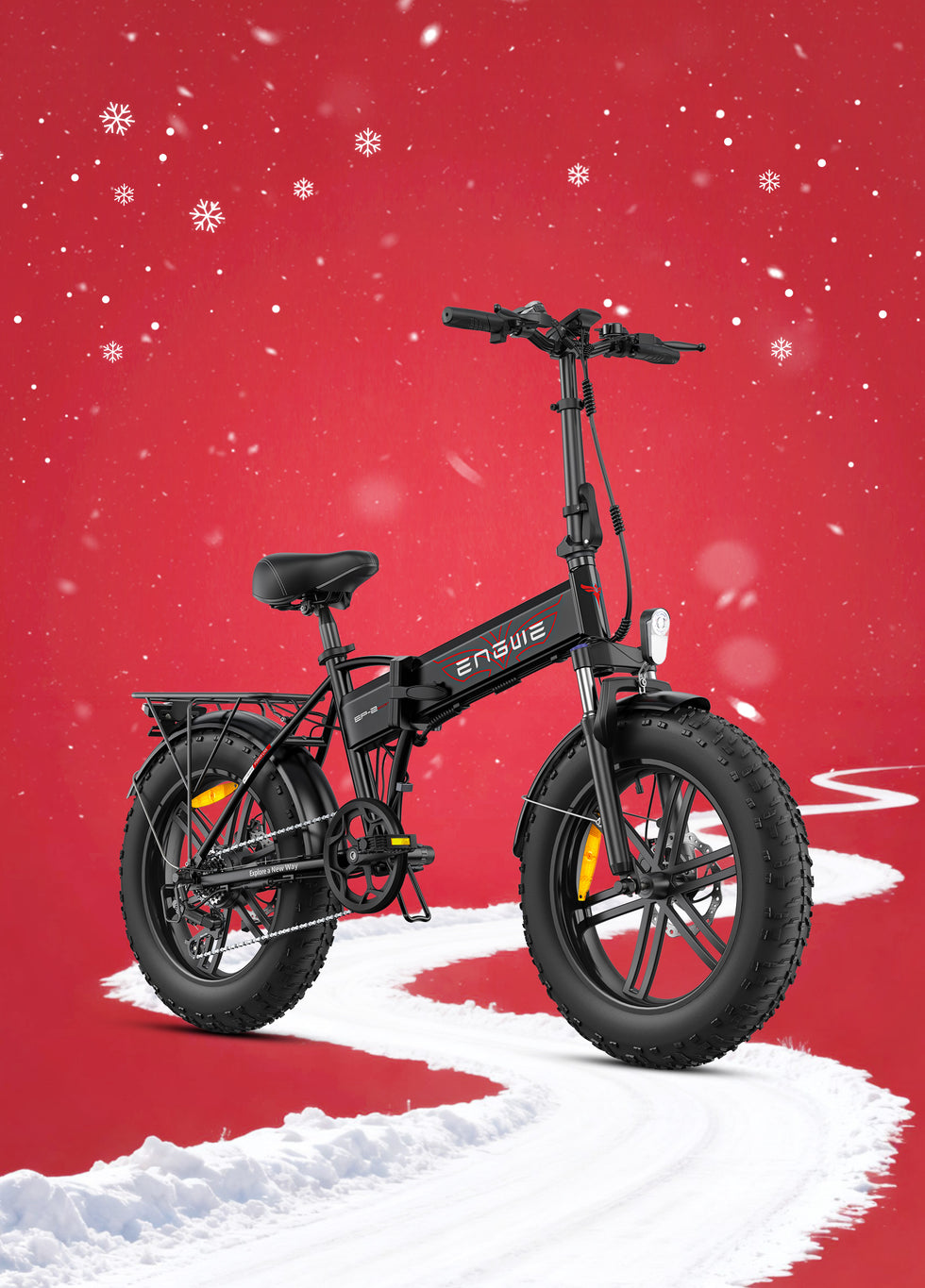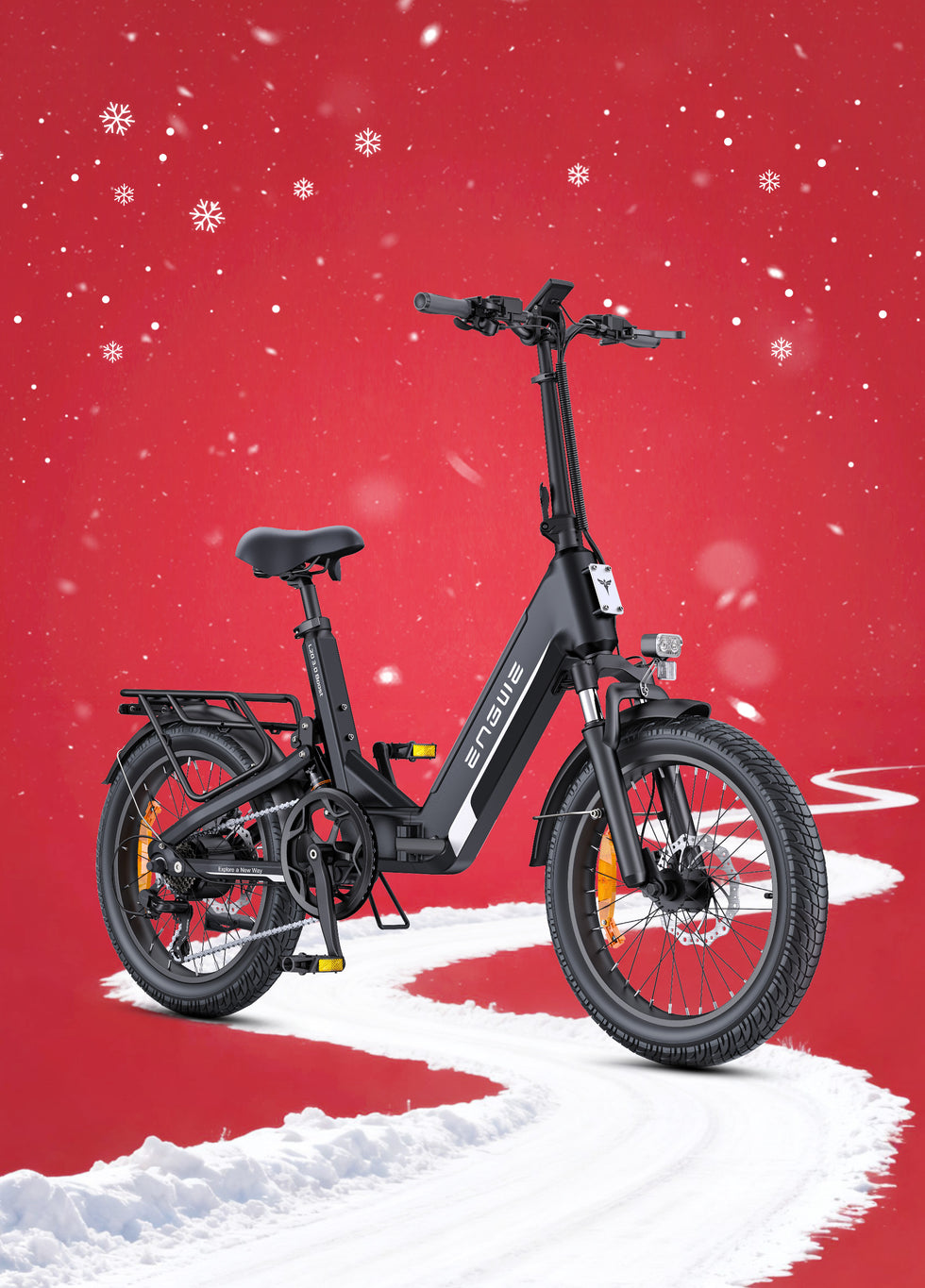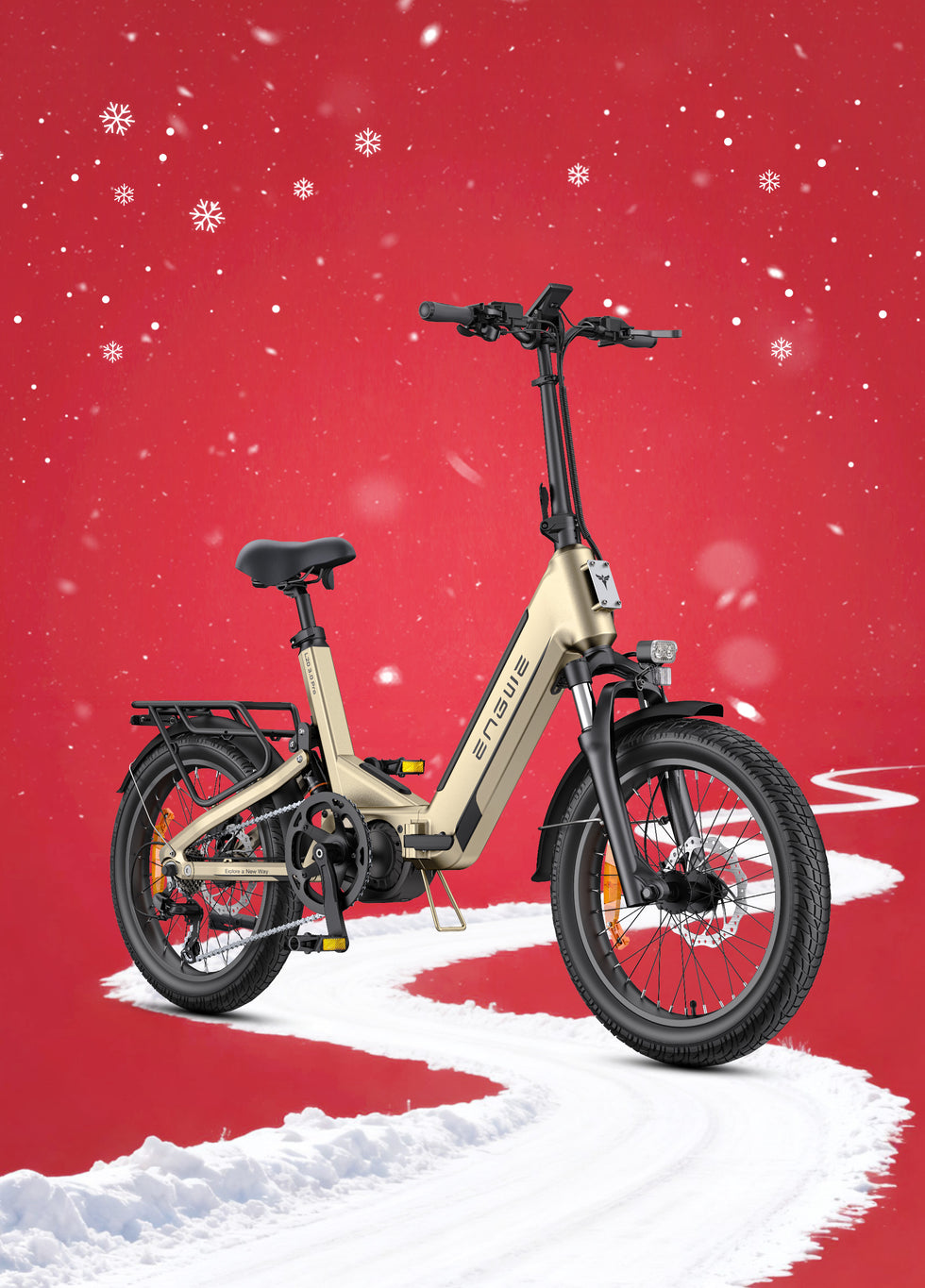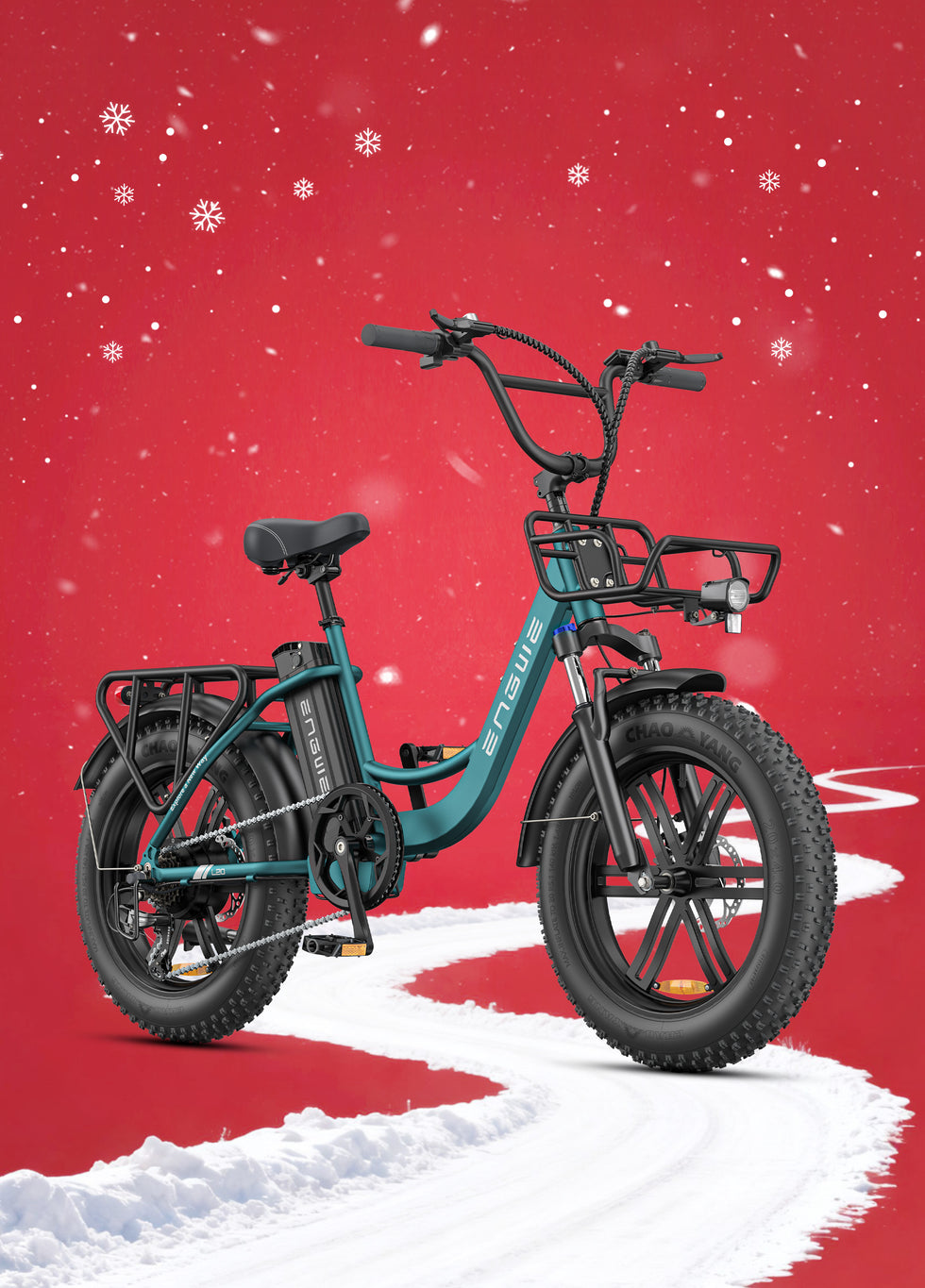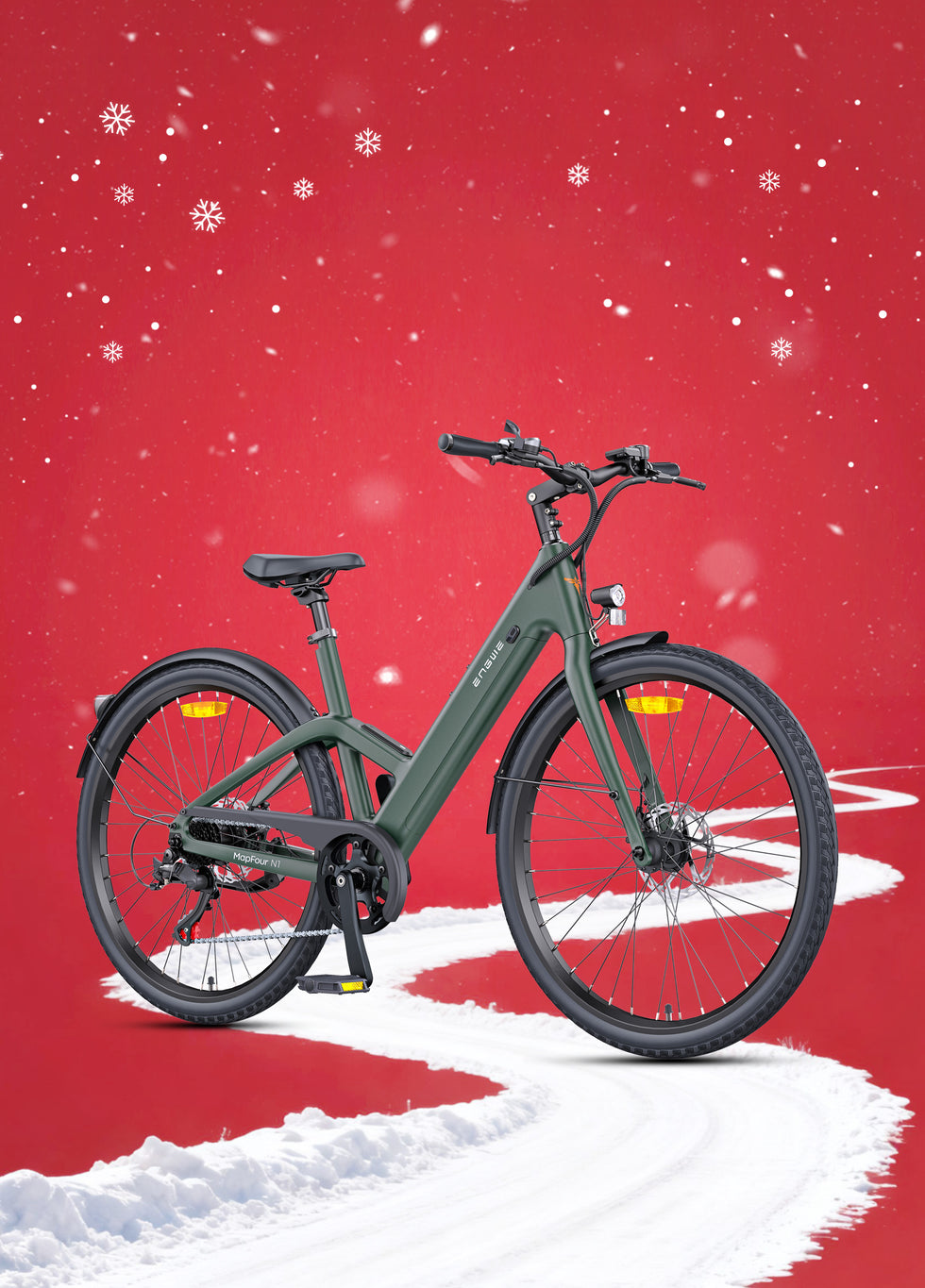The thrill of an electric bike is undeniable. That smooth, motor-assisted surge of power is what gets many of us hooked. But after a while, a common thought creeps into the minds of many riders: "Can this go just a little bit faster?" As someone who has spent years in the saddle and spoken with countless e-bike enthusiasts, I understand this desire completely. It is not always about breaking land speed records; it is about keeping up with traffic, conquering a particularly challenging hill with more authority, or simply making your commute that much more efficient. The good news is that there are several ways to increase your e-bike's speed and overall performance. This guide will walk you through the options, from simple, no-cost adjustments to considering a more capable machine, so you can make an informed choice that is right for you.
To truly understand how to make your e-bike faster, we must first break down what "faster" means. It can be a higher top speed, quicker acceleration, or a better-sustained speed on varied terrain. Based on this, we can structure our approach logically. Below is a table outlining the common user needs when searching for this topic and how this article will directly address each one.
| User's Potential Question or Need | How This Article Provides a Solution |
|---|---|
| "What can I do for free, right now, to make my ride feel faster?" | We will start with fundamental maintenance and riding techniques that improve efficiency and perceived speed without costing a penny. |
| "I'm willing to spend a bit of money. What parts should I upgrade?" | The article will cover smart, legal component upgrades that can enhance performance, such as tyres and drivetrain components. |
| "Is my current e-bike the problem? Should I just buy a better one?" | We dedicate a section to discussing when an upgrade is the most sensible option and introduce a modern, high-performance model as an example. |
| "I've heard about 'derestricting'. What is it and how is it done?" | This section will explain the methods used to remove speed limiters while providing crucial warnings about the legal, safety, and warranty implications. |
| "What are the real-world risks and consequences of these modifications?" | We will be transparent about the downsides, covering everything from legal penalties to accelerated wear and tear on your electric bike. |
Part 1: The Foundations of Speed – Legal and Free Enhancements
Before you even think about opening your wallet or your toolbox, there are several foundational adjustments you can make that will have a surprising impact on your e-bike’s performance. These are all about reducing resistance and maximising the efficiency of the power you already have.
First, check your tyre pressure. This is arguably the single most effective free 'upgrade' you can perform. Most riders, in my experience, run their tyres underinflated. Soft tyres have a larger contact patch with the ground, which dramatically increases rolling resistance. This means your motor and your legs have to work harder just to maintain speed. Check the sidewall of your tyre for the recommended PSI (pounds per square inch) range and inflate them to the higher end of that scale for road riding. You will immediately notice the bike rolls more freely.
Second, consider your riding posture. Aerodynamics play a huge role in speed, especially once you get above 15 mph. Sitting upright acts like a parachute, creating significant wind resistance. By simply lowering your handlebars (if they are adjustable) and tucking your body in slightly, you can reduce your frontal area and cut through the air more efficiently. This can add a crucial mile or two per hour to your top speed on flat ground without any extra power input.
Third, maintain your drivetrain. A dirty, unlubricated chain is an inefficient chain. Grime and grit create friction, which wastes a small but significant amount of the power being transferred from your pedals and the motor to the rear wheel. Regularly clean your chain, cassette, and chainrings, and apply a quality bicycle chain lubricant. A smooth, quiet drivetrain is a fast drivetrain.
Finally, lighten the load. Are you carrying unnecessary weight? A heavy lock you do not need for a particular journey, or pannier bags filled with non-essentials? Every kilogram you shed is less mass the motor has to propel, which can improve both acceleration and climbing speed.
Part 2: Smart Upgrades for Better Performance
If you have optimised the free stuff and are still hungry for more performance, the next logical step is to consider some component upgrades. These are legal modifications that enhance the bike's efficiency rather than tampering with the motor's speed limiter.
The most impactful upgrade is often the tyres. The stock tyres on many e-bikes are built for durability and puncture resistance, not speed. If you primarily ride on tarmac, switching to a slicker, less knobbly tyre will drastically reduce rolling resistance. Tyres designed for commuting or road riding often use different rubber compounds and tread patterns that are optimised for low friction on paved surfaces. While you might sacrifice a little grip on loose gravel, the increase in speed and efficiency on the road is often worth the trade-off.
Next, look at your gearing. While it will not increase your motor-assisted top speed (which is electronically limited), a cassette with a wider range of gears can help you maintain a higher average speed. Having more gear options allows you to keep your pedalling cadence (the speed at which you turn the pedals) in its most efficient range, whether you are climbing a steep hill or pushing for speed on a long flat section. A well-maintained, high-quality drivetrain from a reputable manufacturer like Shimano ensures crisp, reliable shifting, so you are never in the wrong gear.

Part 3: Considering an Upgrade – The Power of Modern E-Bike Technology
Sometimes, you can pour time and money into an older e-bike and still feel limited by its core technology. The motor might be inefficient, the battery might be fading, or the control system may feel jerky and unresponsive. In these cases, the most effective and satisfying way to go faster and have a better ride is to upgrade the entire machine. Modern electric bikes have made huge leaps in technology. A great example of this is the ENGWE EP-2 Boost. This is not just about raw power; it is about smart power. The inclusion of a Torque Sensor is a game-changer. It measures how hard you are pedalling and matches the motor's assistance with incredible smoothness, making the ride feel intuitive and responsive, rather than the jerky on/off feeling of older systems. When you do need that extra push, a dedicated Boost button unleashes the full 55Nm of torque from the 250W motor, making short work of steep inclines. The bike is equipped with practical features that support a faster, more confident ride, such as wide 20 x 4.0 fat tyres that handle varied terrain without slowing you down, and upgraded 180mm disc brakes to ensure you have the stopping power to safely manage your speed. Furthermore, with a class-leading range of up to 120km, you can ride with confidence, and its clever foldable design adds a layer of convenience that older, bulkier bikes simply cannot match.

Part 4: The Unofficial Route – Derestricting Your E-Bike (The Legal and Safety Caveats)
This is the topic that many people are secretly looking for: removing the factory-installed speed limiter. In the UK and EU, e-bikes are legally restricted to providing motor assistance up to 25 km/h (15.5 mph). Bypassing this restriction is known as 'derestricting' or 'tuning'. It is crucial to state this upfront: doing so will likely make your e-bike illegal for use on public roads, void your warranty, and could invalidate any insurance policies you have.
There are two primary methods for derestricting an e-bike. The first is through software. Some motor systems can be 'hacked' via a connection to a computer or a smartphone app, allowing a user to change the wheel size parameter or simply remove the speed limit in the controller's firmware. This is the cleanest method as it involves no physical changes to the bike.
The second method is hardware-based. This usually involves installing a 'tuning chip' or a 'dongle'. These devices connect between the speed sensor on your wheel and the motor controller. They work by fooling the system. For example, once you exceed a certain speed, the chip might start reporting only half of the actual speed to the motor. The controller, thinking you are only going 12 km/h, will continue to provide assistance well past the legal 25 km/h limit.
While these methods can unlock higher speeds, they come with significant risks. Your bike's motor and battery will be working much harder, leading to a higher risk of overheating and a drastically reduced lifespan for these expensive components. The bike's frame, and more importantly, its brakes, were designed and tested for use at the legal speed limit. Using them at significantly higher speeds puts you at a much greater risk of component failure and serious injury in an accident.
Ultimately, choosing to derestrict your bike is a personal decision, but it is one that should be made with a full understanding of the serious legal, financial, and safety consequences involved.

Frequently Asked Questions
1. What is the legal speed limit for an e-bike in the UK?
In the UK, an e-bike, or Electrically Assisted Pedal Cycle (EAPC), must have a motor with a maximum continuous power output of 250 watts, and the electrical assistance must cut out when the vehicle reaches 15.5 mph (25 km/h). If your e-bike exceeds these specifications, either by design or modification, it is legally classified as a moped or motorcycle and would need to be registered, taxed, and insured, and you would need a driving licence and a helmet to ride it.
2. Will derestricting my e-bike definitely damage it?
While it is not a 100% guarantee of immediate failure, it significantly increases the strain on all of your bike's core components. The motor will run hotter and for longer periods at peak output, which accelerates wear on its internal gears and electronics. The battery will discharge faster and undergo more stress, reducing its overall lifespan and capacity. You are operating the system outside of its designed parameters, so the risk of premature failure is much, much higher.
3. Does a bigger battery make my electric bike go faster?
No, not directly. A battery's capacity, measured in Amp-hours (Ah) or Watt-hours (Wh), determines its range, not its top speed. A bigger battery is like having a larger fuel tank; it allows you to travel further on a single charge. The top speed is determined by the motor's power (in Watts) and, more importantly, the electronic controller which is programmed with a speed limit.
4. Realistically, how much faster can I make my e-bike legally?
Through legal means like improving tyre pressure, aerodynamics, and drivetrain efficiency, you will not increase the motor's assisted top speed of 15.5 mph. However, you will find it much easier to reach and maintain that speed, and your speed when pedalling above the limit will be higher. For example, on a slight downhill or a long flat section where you might have previously pedalled up to 18 mph, you might now be able to comfortably pedal at 20 or 21 mph because the bike is simply rolling more efficiently. The goal of legal tuning is to improve overall average speed and ride feel, not the maximum assisted speed.
5. Will my insurance be valid if I modify my e-bike to go faster?
Almost certainly not. Most insurance policies, whether for theft or third-party liability, will have clauses that are voided if the insured item is modified illegally. If you were to have an accident on a derestricted e-bike, your insurer would likely refuse to pay out for any damages to your bike or for any claims made against you, potentially leaving you with huge personal financial liability.
Achieving a faster ride is a balance between optimising your current setup, understanding the rules, and knowing when it is time for a more capable machine.
